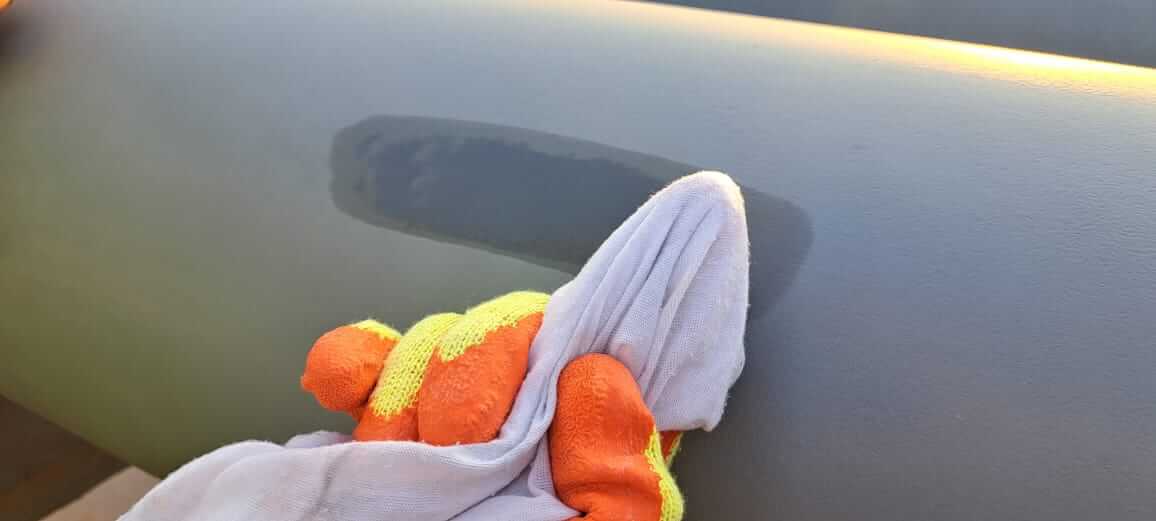The MEK test, guided by ASTM D4752–10, is a trusted solvent rub technique to evaluate the methyl ethyl ketone (MEK) resistance of ethyl silicate (inorganic) zinc-rich primers, confirming their cure for durable industrial coatings. Perfect for laboratories, construction sites, or fabricating shops, this test ensures primers are ready for top coating, correlating closely with advanced infrared spectroscopy results. Whether you’re a coating professional or tackling a project, here’s how to perform the MEK test accurately and safely.
Step 1: Set Up the Test Area
Choose a section of the primer-coated surface at least 150 mm (6 inches) long. Clean it with a dry cloth or tap water to remove dust or debris. Be cautious, as water might influence the primer’s curing process, so dry the surface thoroughly if needed.
Step 2: Measure Film Thickness
Measure the primer’s dry film thickness using tools compliant with ASTM standards like D7091 or D1400. This ensures accurate baseline data. Mark a 150 by 25 mm (6 by 1 inch) rectangular test area with a pencil or solvent-resistant marker for precision.
Step 3: Prepare the MEK Cloth
Fold a 100% cotton cheesecloth into a double-thick pad. Soak it with MEK, meeting ASTM D740 specifications, until it’s dripping wet. Work quickly—within 10 seconds—to maintain consistency, as MEK evaporates fast.
Step 4: Execute Double Rubs
Wear solvent-resistant gloves and follow the MEK Safety Data Sheet (SDS) for safety. Place your protected index finger at a 45° angle on the cloth, holding excess material with your thumb. Rub the marked area with moderate pressure in a forward-and-back motion, completing each double rub in about one second.
Step 5: Monitor and Record
Continue rubbing, rewetting the MEK-saturated cloth as needed, until you reach 50 double rubs or expose the substrate. If the substrate appears, note the number of rubs required. This indicates the primer’s cure strength.
Step 6: Run a Control Test
Test an adjacent area with a dry cheesecloth to assess burnishing effects without MEK. This control helps you compare results visually, confirming MEK’s specific impact.
Step 7: Rate the Outcome
Examine the test area and cloth. Rate the primer’s resistance from 0 (substrate exposed within 50 rubs) to 5 (no surface change after 50 rubs), following ASTM’s clear scale.
This MEK test is a game-changer for ensuring coating reliability. Always prioritize safety with proper gear, like respirators if needed, and consult ASTM D4752–10 at astm.org for complete details. Master this technique to elevate your coating projects with confidence.

